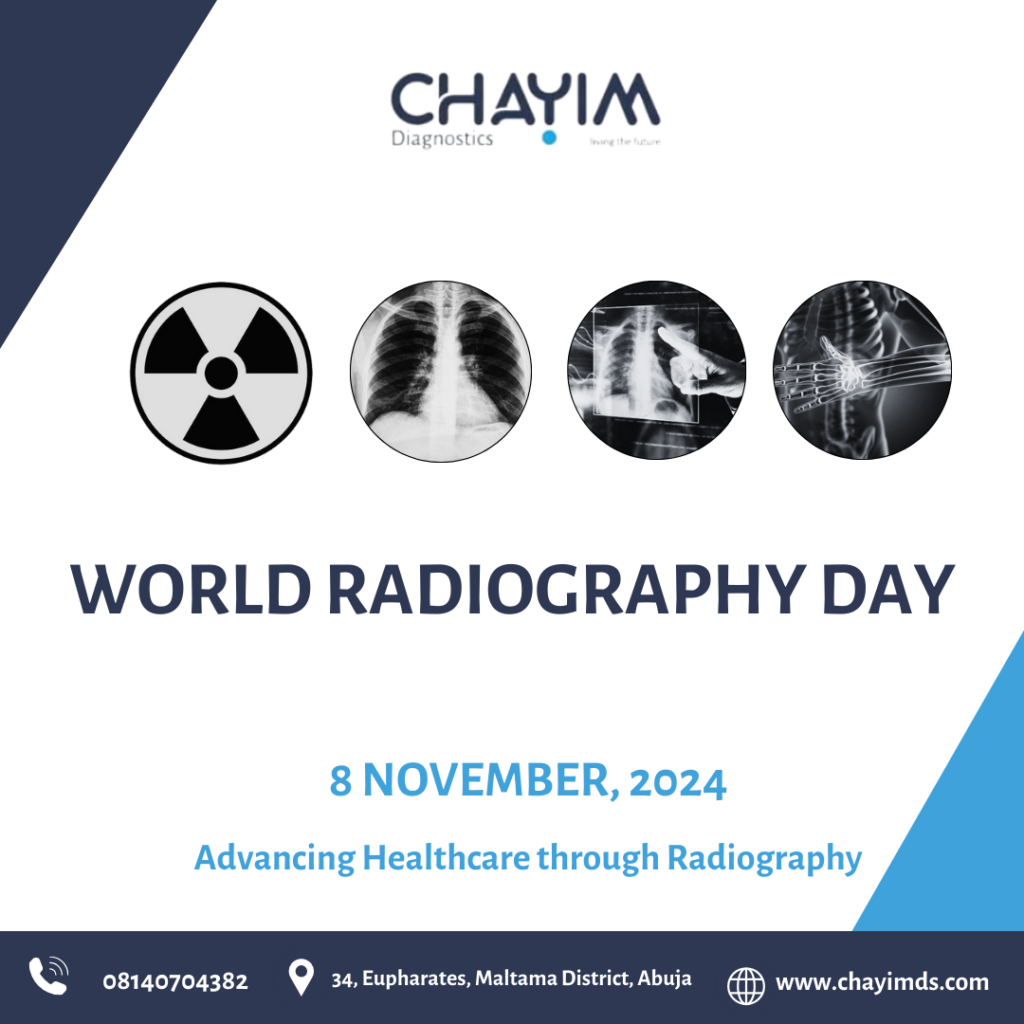Enhancing Patient Care Through Radiology

Radiology is at the heart of modern medicine, offering critical insights into the human body that aid in diagnosis, treatment planning, and ongoing patient care. Through advanced imaging technologies, healthcare providers can detect diseases early, monitor their progression, and ensure precise treatment interventions. This blog explores the importance of radiology and the vital role radiographers play in healthcare today.
Importance of Radiology:
1. Diagnosis and Early Detection: Radiology enables early identification of various conditions, such as fractures, cancers, and infections. Early detection is crucial for successful treatment, as it allows for timely interventions that can drastically improve patient outcomes.
2. Precision in Treatment: Radiological imaging techniques like CT scans, MRIs, and ultrasounds provide essential guidance for procedures such as biopsies and catheter placements. These technologies ensure treatments are performed with accuracy and safety, minimizing risks to the patient.
3. Disease Monitoring and Management: Radiology is invaluable in tracking disease progression and assessing treatment effectiveness. Physicians can make informed decisions on whether to adjust care plans based on the visual insights obtained from imaging.
4. Non-Invasive Visualization: Modern radiology provides non-invasive methods for viewing internal body structures, reducing the need for exploratory surgeries. This not only enhances patient comfort but also speeds up the diagnostic process.
5. Contribution to Medical Research: Radiology continues to drive innovations in medicine, from developing new imaging techniques to improving diagnostic tools. This continuous evolution enhances patient outcomes and supports ongoing medical research.
Cardiovascular Diagnostic Tests
Lifestyle changes are essential in reducing heart disease risks, and diagnostic tests play a pivotal role in identifying risks, tracking heart health, and informing medical decisions.
Here are some key cardiovascular diagnostic tests that can help detect heart conditions early:
Electrocardiogram (ECG)
An ECG is one of the most common tests used to assess heart health. It records the electrical activity of the heart, identifying irregular heart rhythms (arrhythmias), silent heart attacks, heart enlargement and other cardiac abnormalities.
Follow this link, and after navigating, search for ECG to schedule your test.
Echocardiogram
An echocardiogram is an ultrasound of the heart that uses sound waves to create detailed images of the heart’s structure and function. It helps assess heart muscle strength, valve function and disease, congenital heart defects, heart failure, and the presence of fluid around the heart.
Follow this link, and after navigating, search for ECHO to schedule your test.
Cardiac Markers (Blood Tests)
Cardiac biomarkers are blood tests that help diagnose acute conditions like heart attacks, heart damage and chronic conditions like heart failure. Some cardiac markers include;
- Creatinine Kinase (CK): Measures the enzyme CK in the blood, which can indicate muscle damage, including damage to the heart muscle, important for diagnosing heart attacks.
- CKMB: A specific form of CK found mainly in heart muscle, used to detect heart damage and confirm a heart attack.
- Myoglobin: This protein is released into the bloodstream when muscle tissue (including the heart) is damaged. It helps with the early detection of heart attacks.
- Troponin T: This checks the levels of the heart-specific protein released during heart muscle damage, which is essential for diagnosing heart attacks.
- Troponin I: Like Troponin T, it is a specific marker for heart muscle injury and is essential for detecting heart damage from conditions like heart attack.
- B-type Natriuretic Peptide (BNP): Measures levels of BNP, a hormone produced by the heart, which helps assess heart failure severity and monitor its progression.
- C-reactive Protein (CRP): Checks for inflammation in the body, which can indicate an increased risk of cardiovascular diseases like heart attack and stroke.
The Role of Radiographers:
1. Capturing Accurate Images: Radiographers operate sophisticated imaging equipment, to acquire precise images critical for diagnosis. Their expertise ensures the images are clear and of high quality.
2. Patient Care and Safety: Radiographers are key to ensuring patient safety and comfort during imaging procedures. They guide patients through the process, answer their questions, and provide reassurance during what can sometimes be an anxious experience.
3. Equipment Maintenance and Quality Control: Ensuring that imaging equipment functions at optimal levels is essential for accurate diagnostics. Radiographers conduct routine checks and maintenance, making sure the machines meet safety and performance standards.
4. Collaboration with Medical Teams: Radiographers collaborate closely with radiologists and healthcare professionals, contributing to diagnostic accuracy by providing insights into the images they capture. Their role is indispensable in interpreting findings that guide patient treatment.
5. Education and Technology Proficiency: Radiographers stay up to date with the latest imaging technologies and educate patients on the processes, helping them understand what to expect and how to prepare. This not only improves patient experience but also ensures the best possible imaging outcomes.
Conclusion:
Radiology is more than just imaging, it is a cornerstone of modern healthcare that empowers doctors to diagnose, treat, and manage diseases effectively. With radiographers as the experts behind the technology, patients receive the care and precision they deserve. Whether it’s early diagnosis, guiding treatments, or monitoring progress, radiology plays a key role in improving health outcomes worldwide. Through ongoing innovation and technological advancements, the field of radiology continues to shape the future of healthcare.
Chayim diagnostics is celebrating a Radiographers worldwide. Thank You for the role you play in ensuring quality care for all.


Responses